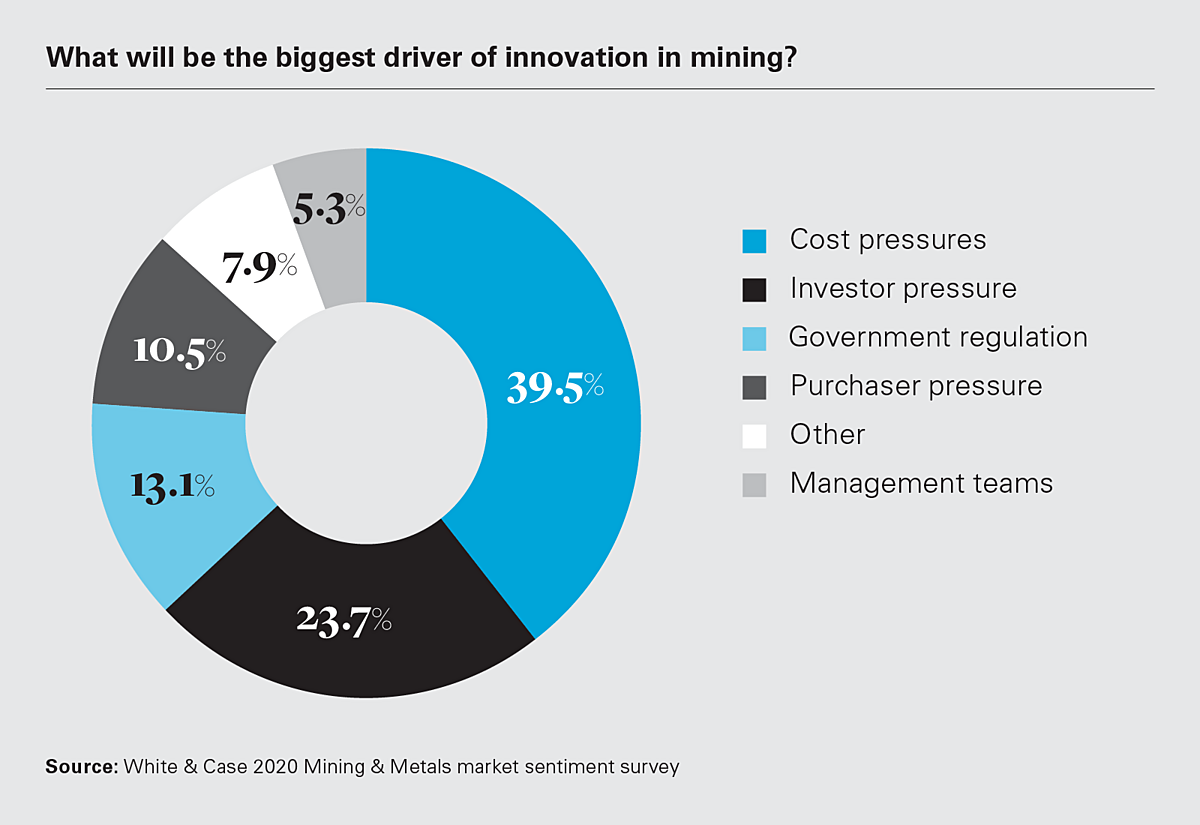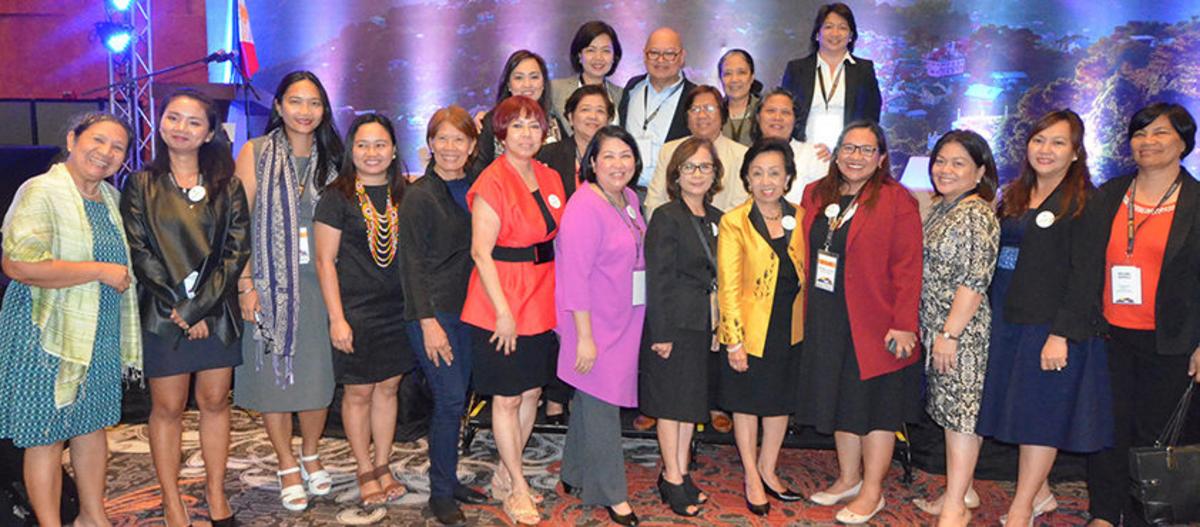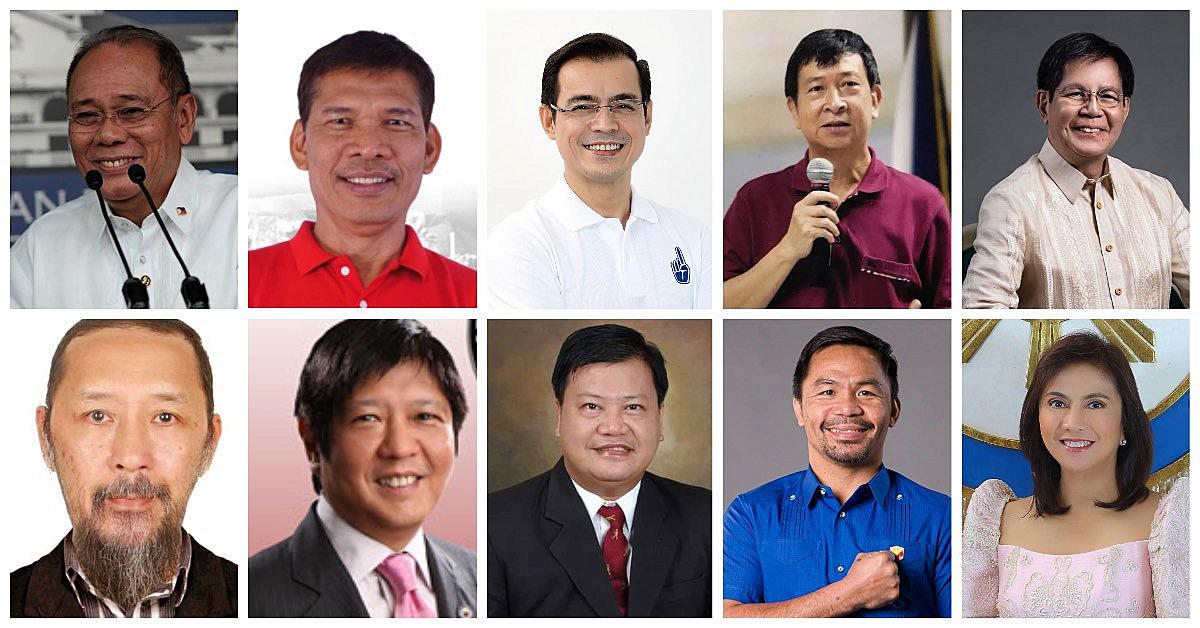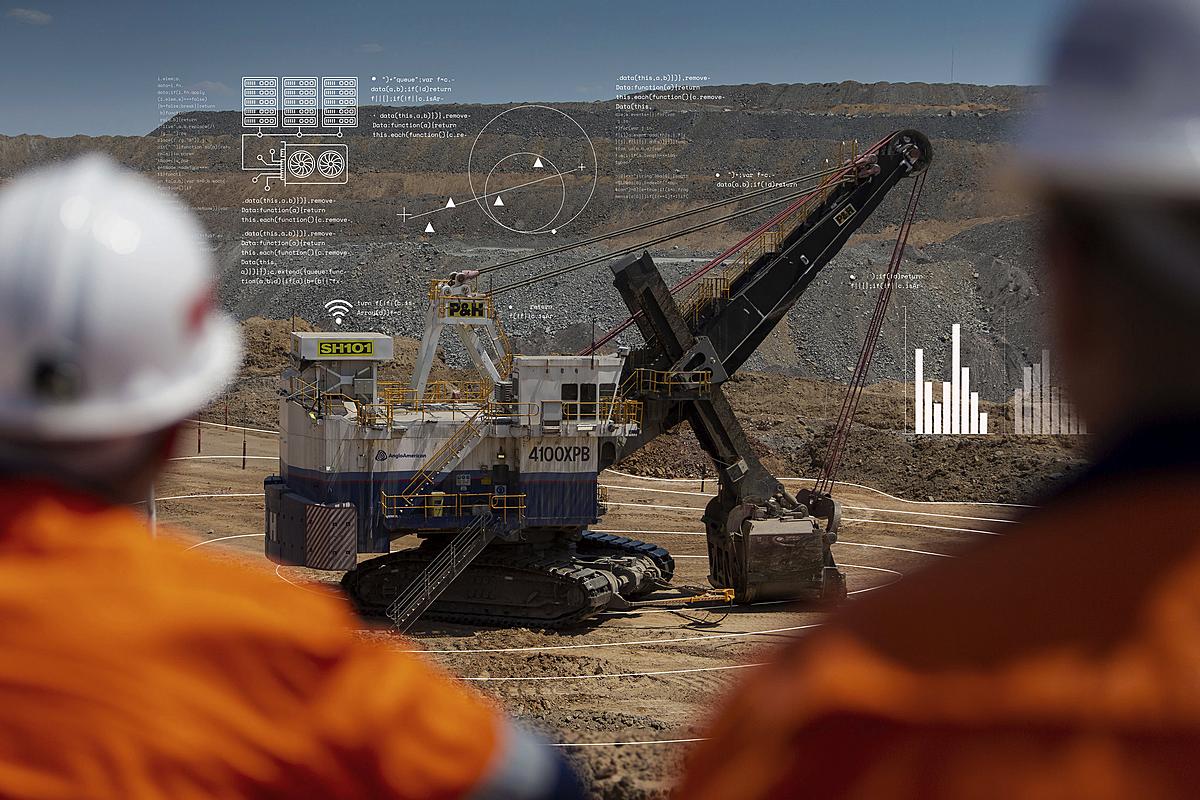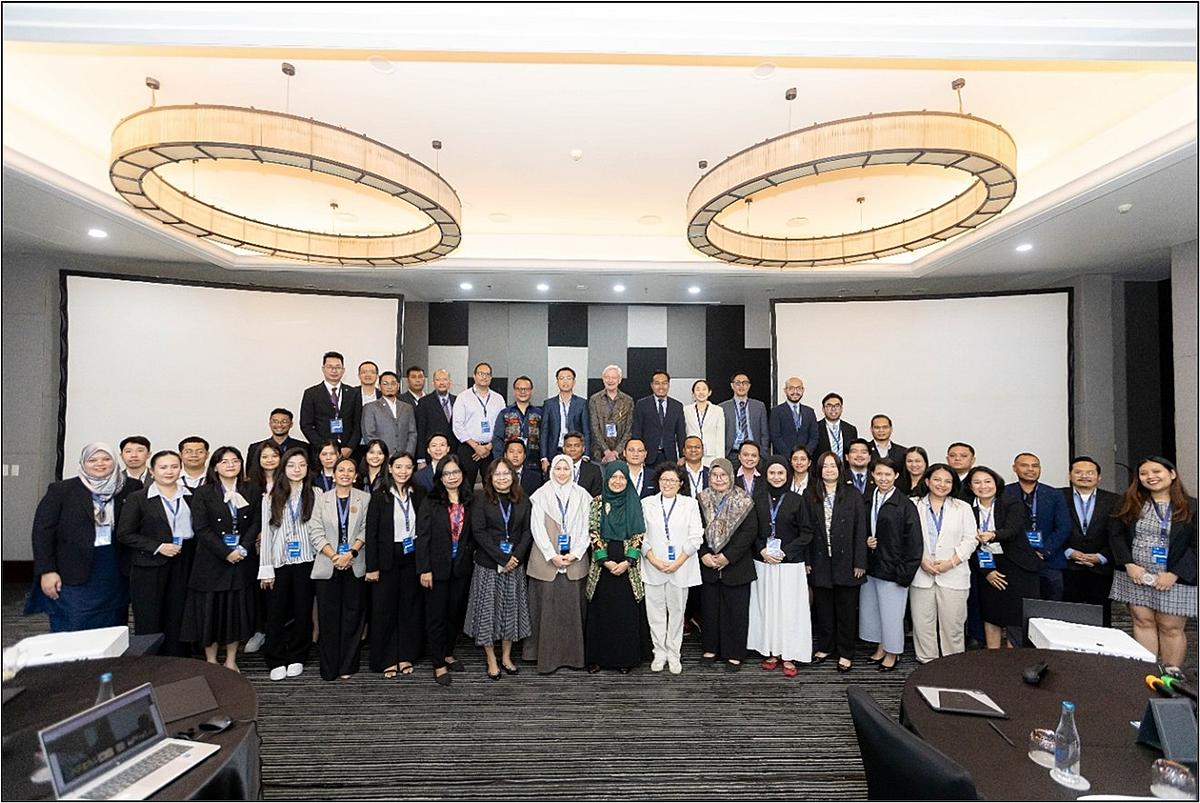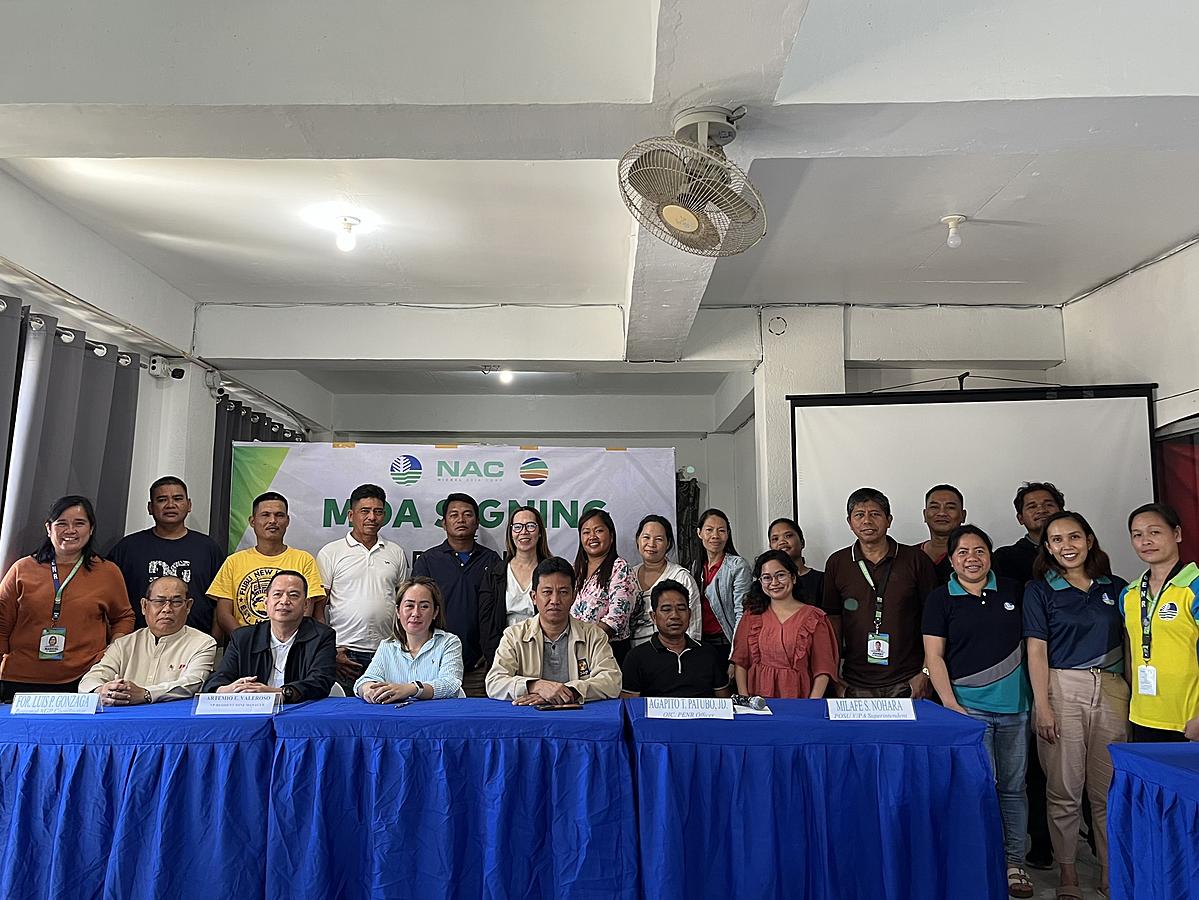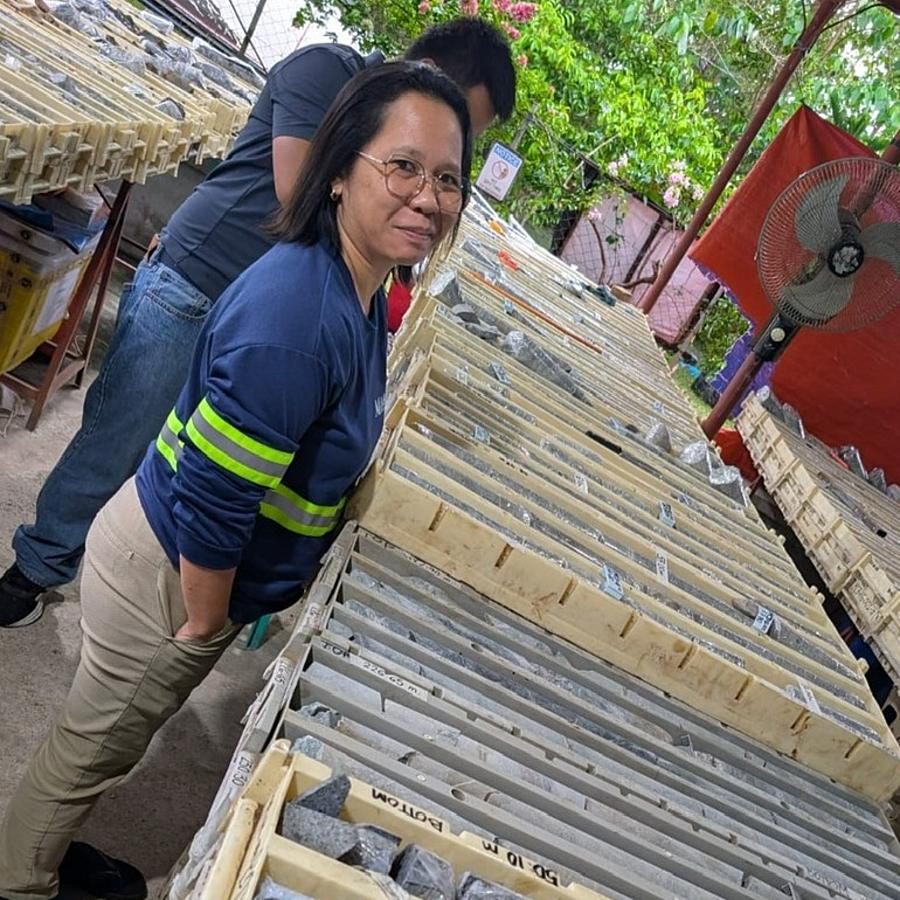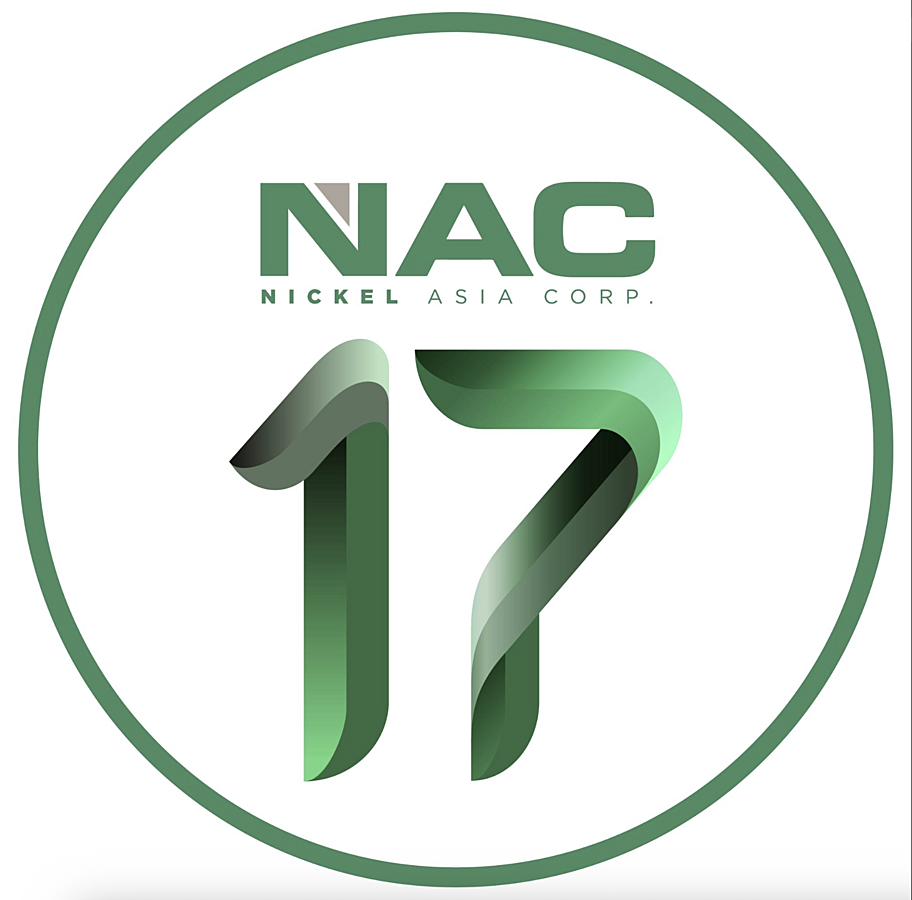In recent years, ESG - environmental, social and governance – has become a major concern in corporate boardrooms: criteria by which strategy is developed and risks are assessed. While the term may be relatively new [having been coined as late as 2005 in a study of the International Finance Corporation (IFC) entitled “Who Cares Wins”], it has always been top of mind in the mining industry even if it has not always used the same terminology. Responsible mining companies have always been concerned about sustainability, care of the environment and working with their host communities towards achieving these goals. ESG now brings together these in a comprehensive framework that can help a mining company navigate and balance the benefits to the planet, people and profit successfully.
ESG is now front and center in the discussion of many boards, even those whose businesses do not generally deal with the environment, as investors are increasingly paying attention to environmental, social and governance-related matters and data. As Forbes Magazine notes, “many investors recognize that ESG information about corporations is vital to understand corporate purpose, strategy and management quality of companies.” Increasingly, transactions are done with an eye on ESG issues. A company’s track record on ESG would certainly influence how it is able to raise funds and attract investments. In this regard, in their quest to improve diversity and broaden their representation, many boards are electing directors whose expertise and experience encompass ESG.
Of course, not all boards have embraced the importance of the ESG framework in their decision-making. In a study conducted by the Harvard Business Review, they classified board attitudes towards ESG into four: “The Deniers”, “The Hardheaded”, “The Superficial”, “The Complacent” and “The True Believers”.
“The Deniers” are those who see sustainability as nothing more than a buzzword or a fad, i.e., sustainability is (at most) a page in the annual report. For “The Hardheaded”, sustainability is a factor affecting their business, but reduce it to strategic reasoning (e.g. how can costs be minimized? are there market opportunities?). “The Superficial” have a shallow understanding of the need for sustainability, including those who implicitly promote greenwashing. “The Complacent” may be early adopters of initiatives like CSR reports, green product lines, or responsible supply chains, but have not kept up-to-date with the latest developments in sustainability, or use past sustainability triumphs to shut down the conversation about sustainability.
Hopefully, responsible mining companies fall into the category of “The True Believers”, for whom the long-term economic viability of their organization is closely linked to, and dependent on, social and environmental responsibility. True believers undertake careful analysis of business benefits and disadvantages with a long-term approach to governance.
With this backdrop, a mining company’s ESG agenda would now include, among many others:
- Environment: biodiversity, ecosystem services, water management, mine waste/tailings, air, noise, energy, climate change (carbon footprint, greenhouse gas), hazardous substances, mine closure
- Social: human rights, land use, resettlement, indigenous people, gender/diversity, labor practices, worker/community health & safety, security, small-scale miners
- Governance: legal & regulatory compliance, ethics, anti-bribery and corruption, transparency.
[Incidentally, at his presentation at the Philippine Mining Club on November 12, Mines & Geosciences Bureau Director Wilfredo G. Moncano announced a forthcoming Department Administrative Order on enhancing biodiversity.]
Many mining companies are already taking steps to assess and improve their ESG performance. Certainly, for companies in the Philippines, there is a long list of laws and regulations to be complied with that would tick all the ESG boxes. However, experts says that the real benefits come when companies move beyond mere compliance and into maximizing the opportunities arising from ESG.
Mining companies also are being encouraged to improve their ESG records by aligning with internationally recognized frameworks (and seeking certification from the relevant body, if applicable):
- UN Guiding Principles on Business and Human Rights
- UN Guiding Principles Reporting Framework
- International Council on Mining and Metals’ 10 Sustainable Development Principles
- Towards Sustainable Mining (championed by the Chamber of Mines of the Philippines)
- Responsible Gold Mining Principles
It is worth noting that in EY’s list of Top 10 Business Risks and Opportunities for mining and metals in 2022, ESG emerged as number one. More than 200 global mining executives were surveyed and named ESG, decarbonization and license to operate as the top three risks/opportunities facing their businesses over the next 12 months.
With ESG at the top of the global business agenda and the intense scrutiny faced by the mining industry in particular, the challenges never cease for mining companies.

